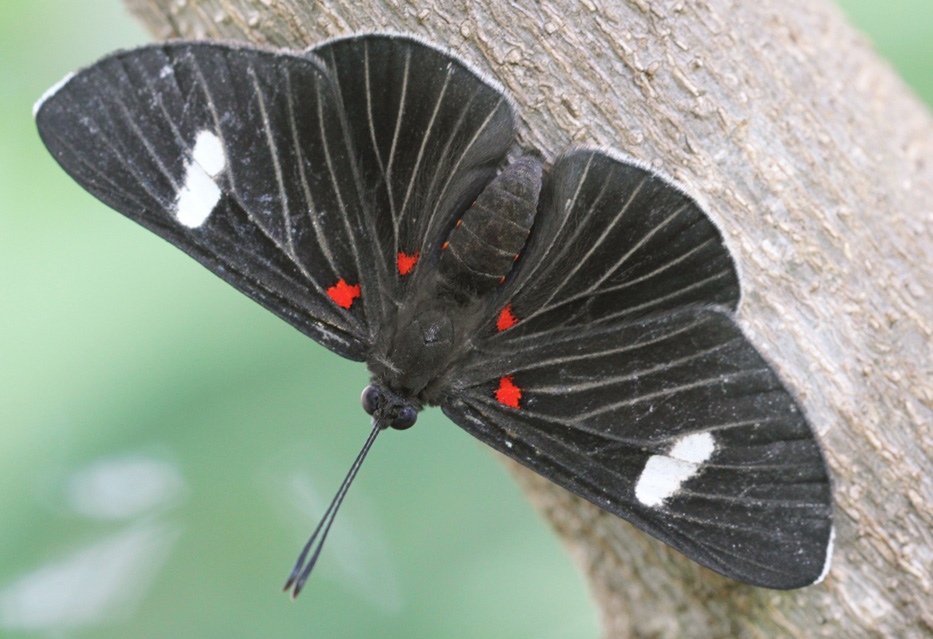Abstract
Morphological and genetic studies of mormyrid fishes belonging to the genus Marcusenius from South Africa and Mozambique revealed four species of which three are described as new. Marcusenius pongolensis is widespread throughout the Incomati, Pongola and Kosi river systems, and sparsely represented in the Limpopo River system in South Africa. Marcusenius krameri sp. nov. is endemic to the Limpopo River system, and is the sister taxon of M. caudisquamatus sp. nov. from the Nseleni and Mhlatuze river systems in the KwaZulu-Natal Province of South Africa. The Ruvuma specimens were well differentiated from all southern and eastern African species of Marcusenius, and are therefore recognised as M. lucombesi sp. nov. Phylogenetic analysis of the mitochondrial cytochrome b gene showed that the three new species and M. altisambesi form a monophyletic lineage that is sister to a group containing M. pongolensis and M. macrolepidotus. Marcusenius krameri and M. lucombesi seems to prefer slow flowing reaches of rivers, whereas M. pongolensis and M. caudisquamatus seems to mainly inhabit rapid flowing sections of rivers with a rocky substrate. A key to the southern African species of Marcusenius is provided.

